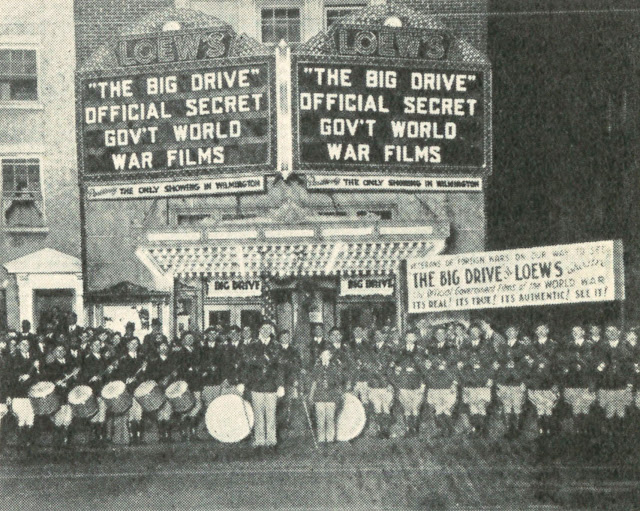Jet Aces On Short Rations

Hell's Horizon (1955) Takes To Low Columbia Ceiling Slow build to a Korean air mission where bomber crew will sustain or crack-up according to character they've revealed in Acts One-Two. John Ireland is chief pilot, tip-off to modest cast otherwise aboard: Bill Williams, Hugh Beaumont, Jerry Paris, Bill Schallert. Love Is Splendor-ish girl interest is Marla English, borrowed from Paramount, striking Eurasian pose a la Jennifer Jones in the 20th Fox hit. Marla would be a cult chiller throb as The She-Creature , which she probably didn't find half so rewarding as this part, a better calling card for elevation out of B's (ME would instead quit biz altogether). Horizon saves its fuel for determining mission, which came excitingly at point where I'd almost lost hope for this Columbia release of a "Gravis Production," the independent set-up by producer Wray Davis and writer-director Tom Gries. Money man for Gravis was actually Jack Broder of Realart fame, who ...


